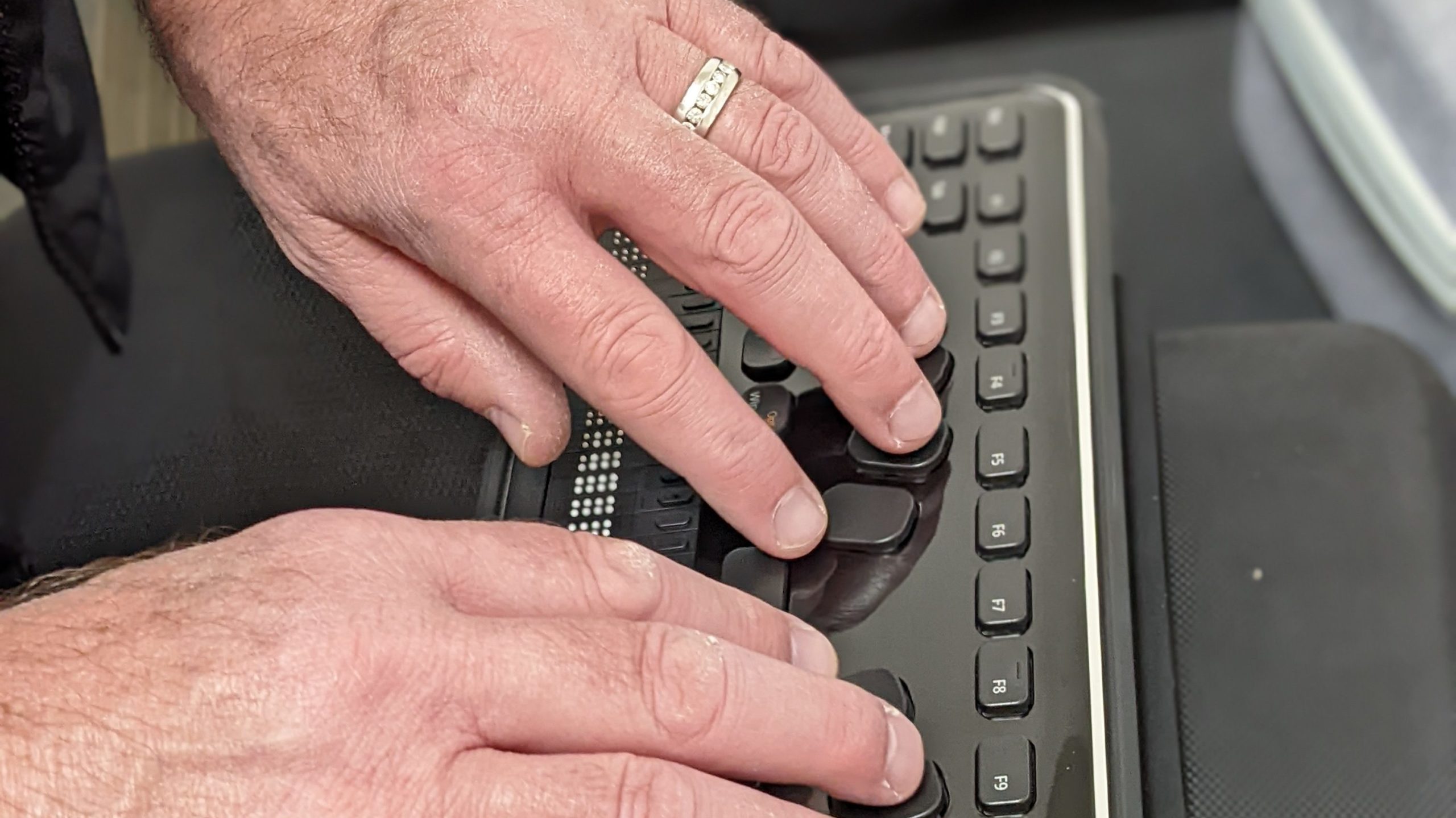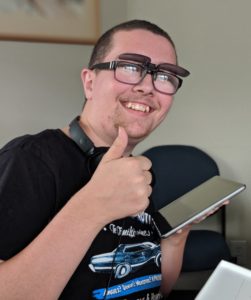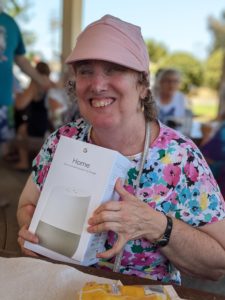What is Assistive Technology?

by Son Kim
Assistive technology can be anything that helps a person with a disability perform a task.
Assistive Technology bridges the gap from inaccessible information to having access to new information. These are various types of tools, physical or software-based, that when used, enable a person with a visual impairment to receive and interact with the same information that the sighted peers access. Through the use of assistive technology, tasks are accomplished. Examples include using a smart phone to make calls, access a computer and search for information, research, engage in social media, shop online, conduct business, execute stock trades, produce music, play games, and much more.
The Problem
When a traumatic event occurs, like loss of vision, the mindset is often negative and detrimental to progress. When that person does not have access to available training that can equip the person with a visually impairment to live a productive life barriers are perceived, causing feelings of depression, stress, and inadequacy. This results in the perceived loss of independence.
Solution

Access to information and the ability to interact with that information can return a person who is visually impaired back to being productive. Alternative approaches, adaptive devices, and assistive technology all combine to offer a greater quality of life. Using smart phones and computers, shopping, conducting business, and banking are some of the activities that the visually impaired can easily achieve with the right devices and training. An experienced assistive technology trainer will be able to assess the needs of that person and complete the training necessary to achieve the stated goal.
What are some examples of assistive technology?
Refreshable Braille Displays:
Refreshable Braille displays are devices that reproduce content on the screen into a tactile presentation. A Braille reader is able to read the content and interact accordingly. The Braille will change depending on the focus of the content.
Various refreshable Braille device’s range from as small as 14, to 80 cells across. The longer the Braille display, the more amount of content that can fit on one line. Dedicated keys allow panning to reach the rest of the line, while others can navigate through the entire data.
Screen readers:
Screen readers are software applications which convey information that people with normal eyesight see on a monitor to a visually impaired user via speech output. There are three leading screen readers in the market as of this writing. Some are free, while others can costs upwards of a thousand dollars. Through the use of a screen reader, users can achieve greater independence. This may range from independently searching for information, evaluating a product prior to checking out, perusing social media, completing a degree, to making money online.
Screen magnification:
Screen magnification is the process of enlarging the font and applying various attributes to content displayed on a monitor, which can enhance the visibility and readability to a visually impaired user. This is often done through the use of a software that affects the default screen display. Some adjustable attributes include variable contrast enhancements, pointer size/shape/color, and region focus.

Summary
Life after loss of vision can be highly productive and enjoyable. Through the use of assistive technology, a person with a visual impairment may continue to enjoy the pleasures as before, have a fulfilling life, and maintain communication with loved ones. With the right technology and proper training, there is very little that a person with a visual impairment cannot do! Only the mindset of an individual defines their limitation.
